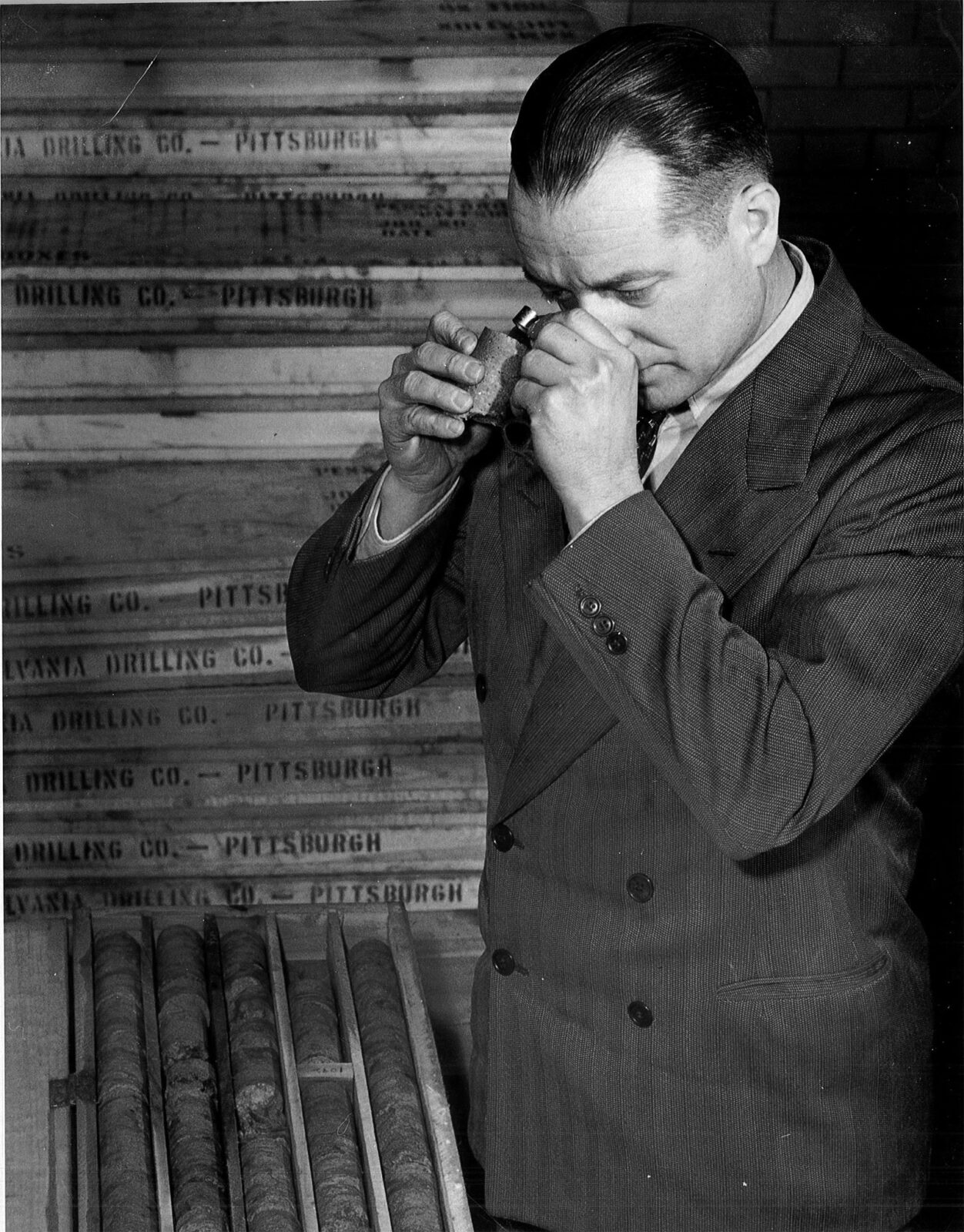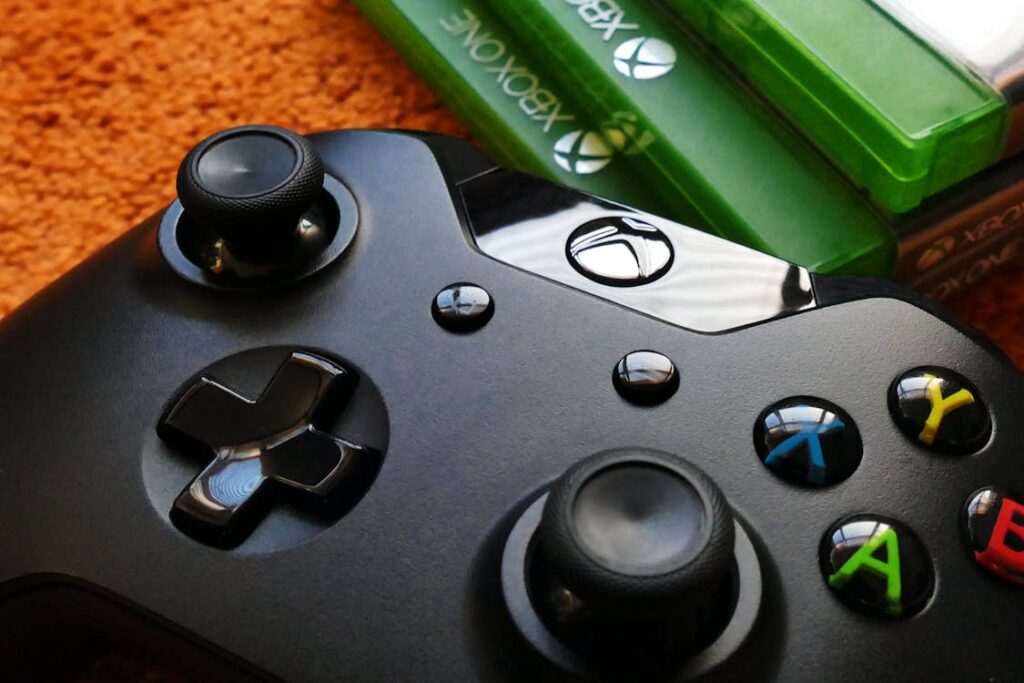The following biography is a supplement to an exhibit on display at the Corvallis Museum.
Louis Crawford Raymond was born in Vancouver, Washington on September 12, 1906. When he was 3 years old, his family moved to his grandmother’s pioneer homestead south of Astoria. During World War I, he earned money selling the furs of muskrats and other animals that he’d trapped along the Trask River. Later, he played semi-professional baseball, traveling by riverboat to various towns along the Columbia River. After playing a baseball game, the team would return to the boat where they entertained the passengers by singing, accompanied by teammates who played the piano, violin, and saxophone. Raymond said, “It was a lot of fun…. It was just a marvelous group of fellows that liked what they were doing….I had a glorious youth.”
Raymond had developed an interest in mining and geology, sparked by the tales he’d heard about the Alaskan gold rush. “I found out there was a School of Mines at Oregon State, that’s where I went….We had one of the finest School of Mines in the United States at that time.”

Raymond had worked in the salmon and logging industries during the summer before college. He earned about $600 which was enough for one year of college. But two months after he started at Oregon State College (now University), his bank in Astoria failed and he lost his money. So, he found jobs on campus doing carpentry– building drafting tables and making scenery for school plays. During subsequent summers, he worked in mines in Idaho as well as doing topographic mapping of small mines for the U. S. Geological Survey. While at Oregon State, he joined the Lambda Chi Alpha social fraternity and was inducted into both the Tau Beta Pi (engineering) and Sigma Xi (science) honorary societies. He graduated in 1930 with a Bachelor of Science in Mining Engineering.
Raymond then earned a Master of Science in geology from the Massachusetts Institute of Technology in 1932. He returned to Oregon State as an instructor for mineralogy and historic geology. “I enjoyed teaching but thought that I didn’t have enough practical experience in mining engineering to do a proper school.” Consequently, he left after one year. During that year, however, he did meet and marry Oregon State student, Louvera Horn.
Then, “…mineral exploration became my life work and this took me to many frontier areas of the world.”
The first stop, however, was in California where he was employed as assistant superintendent for Iron Mountain Copper Company. He managed their gold and copper mining operations and did exploratory work in Canada and Central America.
With the advent of World War II, he took a job as mining specialist for the Federal Trade Commission locating strategic minerals for the U. S. military, including working to develop tin mines in Bolivia. Then, beginning in 1945, he spent 30 years as chief mining engineer with Ford, Bacon, and Davis. He traveled to many different locations to find, develop, and mine various minerals and ores, such as limestone, phosphates, granite, coal, copper, and even diamonds! His travels took him to 27 states, 6 Canadian Providences, and 17 other countries, including Australia, Bolivia, Brazil, British Guinea (now Guyana), Chile, Colombia, Ecuador, El Salvador, French Guinea (now Republic of Guinea), Honduras, Iraq, Israel, Jamaica, Mexico, Peru, Turkey, and Venezuela.
In addition, Raymond wrote many technical papers on financing of mineral properties, mine valuation for acquisition or condemnation, and was co-author of The Economics of the Mineral Industry. Underground storage of natural gas and of perishable foods was another interest.
Raymond served as Chairman of the Mineral Economics Division of the American Institute of Mining Engineers and was named to their Legion of Honor. He was also a Fellow of the Geological Society of America. He retired from his mining career at age 67.



